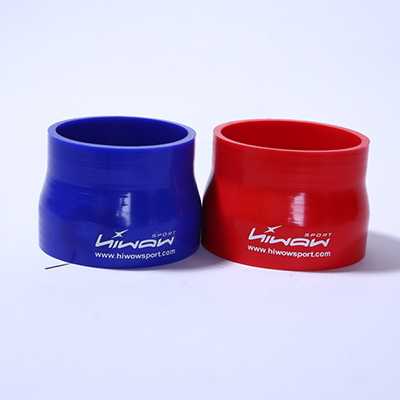If the hardness of the silicone tube is not enough, how can we increase the hardness of the silicone tube and test the hardness of the silicone tube? First of all, because the main components of the silicone tube are vinyl and hydrogen-containing silicone oil, the vinyl content and hydrogen-containing silicone oil can be appropriately increased during production, and some silica and fineness can be added. At the same time, wollastonite powder can also be added. to increase the hardness, but it should be decided according to the needs of customers.
Secondly, there are three hardness testing methods for silicone tubes, namely: Shore hardness testing method, Shore hardness testing method and Rockwell hardness testing method.
Shore hardness test method: It is a dynamic force test, which is essentially different from other static force test methods. It is mainly suitable for determining the Shore hardness value of ferrous and non-ferrous metals. Shore hardness tester is easy to carry, especially suitable for medium and large workpieces in metallurgy and heavy machinery industries, such as large components, castings, forgings, crankshafts, rolls, oversized gears, machine tool guide rails and other workpieces.
Shore hardness test method: refers to the reading of the value measured by the Shore hardness tester, its unit is “degree”, and its description methods are divided into two types, A and C, which represent different hardness ranges. A hardness tester is used to test and obtain the data, and the foamed silicone tube is tested with a Shore C hardness tester and the data is obtained. Therefore, in general, for a rubber or plastic product, when testing, the tester can decide whether to use a Shore A durometer or a Shore C durometer to test according to whether the silicone tube is foamed.
Rockwell hardness test method: use a diamond cone with an apex angle of 120 degrees or a steel ball with a diameter of 1.59mm/3.18mm, press it into the surface of the tested material under a certain load, and obtain the hardness of the material from the depth of the indentation .
Finally, the above points are the methods to increase the hardness of silicone tubes and several methods to test the hardness of silicone tubes. Our factory can make design plans according to the needs of customers. Welcome to visit our website www.hiwowsport.com to leave a message.











